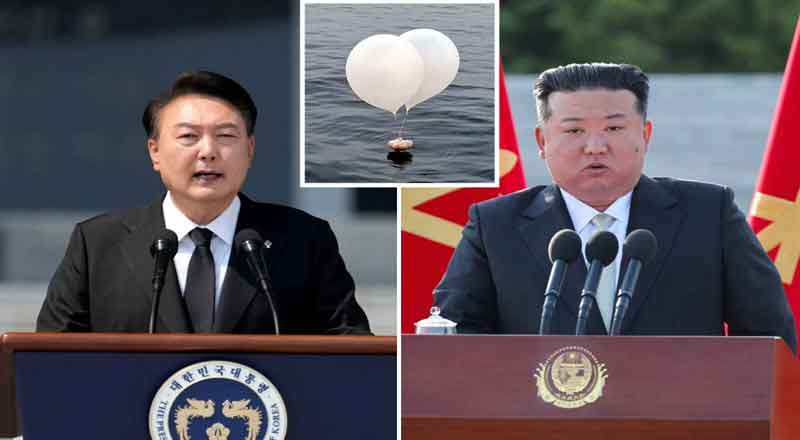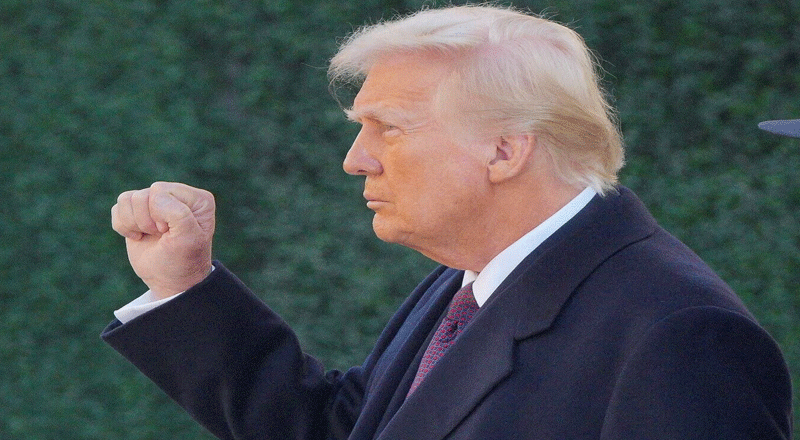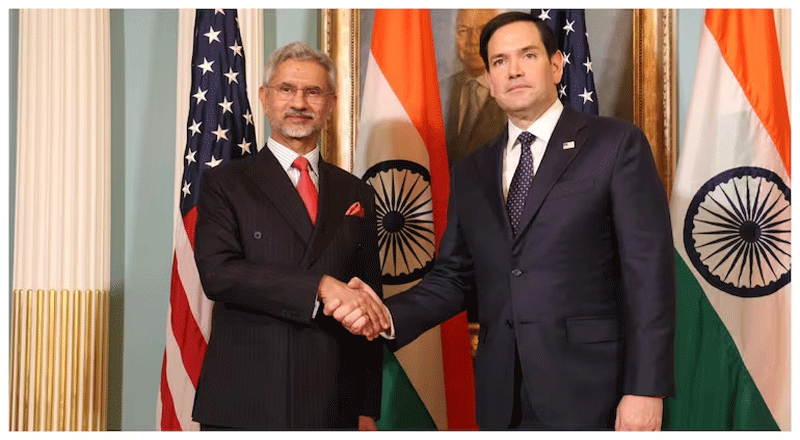- In a development that has reignited tensions on the Korean Peninsula, South Korea has taken the bold step of resuming loudspeaker broadcasts of anti-North Korean propaganda along the border.
- This move comes in direct response to the North’s provocative actions, including the launch of over a thousand balloons laden with trash and manure into South Korean territory in recent weeks.
- The resumption of propaganda broadcasts has not only raised tensions between the two Koreas but has also sparked concerns among regional stakeholders about the potential for a military escalation.
- Spokesperson for South Korea’s Joint Chiefs of Staff, acknowledged the heightened verbal threat from North Korea but expressed confidence in the South’s ability to defend itself.
- The content of the propaganda broadcasts remains undisclosed, but in the past, such broadcasts have included anti-Pyongyang messages, K-pop songs, and international news.
- As the two Koreas exchange verbal warnings and provocative actions, the situation remains fluid and fraught with uncertainty
In a development that has reignited tensions on the Korean Peninsula, South Korea has taken the bold step of resuming loudspeaker broadcasts of anti-North Korean propaganda along the border. This move comes in direct response to the North’s provocative actions, including the launch of over a thousand balloons laden with trash and manure into South Korean territory in recent weeks.
The decision to restart the propaganda broadcasts has elicited a swift and stern warning from Kim Yo Jong, the influential sister of North Korean leader Kim Jong Un. In a statement published by North Korea’s official Korean Central News Agency, Kim Yo Jong condemned South Korea’s actions and cautioned that further provocations could prompt a “new response” from the North.
The resumption of propaganda broadcasts has not only raised tensions between the two Koreas but has also sparked concerns among regional stakeholders about the potential for a military escalation. South Korea’s military detected further activity on Sunday night, believed to be North Korea launching more trash-carrying balloons across the border. While the military did not confirm if any balloons landed in the South, the situation remains highly volatile.
Lee Sung Joon, spokesperson for South Korea’s Joint Chiefs of Staff, acknowledged the heightened verbal threat from North Korea but expressed confidence in the South’s ability to defend itself. He emphasized that the broadcasts were being conducted in areas where soldiers are well-protected and equipped to respond swiftly to any attacks, indicating a readiness to deter and counter any potential aggression from the North.
The content of the propaganda broadcasts remains undisclosed, but in the past, such broadcasts have included anti-Pyongyang messages, K-pop songs, and international news. However, the Joint Chiefs of Staff made it clear that any future broadcasts would be contingent on North Korea’s behavior, leaving open the possibility of de-escalation if Pyongyang shows signs of restraint.
The recent escalation marks a significant departure from the relative détente observed in 2018 when South Korea withdrew loudspeakers from border areas during a period of engagement with the North. The current standoff was sparked by South Korean activists sending balloons filled with anti-North Korean leaflets and USB sticks containing South Korean entertainment content, a move that Pyongyang views as a direct threat to its regime.
The resumption of propaganda campaigns and the suspension of agreements to reduce hostile acts along the border underscore the fragility of inter-Korean relations and the potential for tensions to flare up at any moment. South Korean Defense Minister Shin Won-sik has called for thorough preparation against the possibility of direct military action from the North in response to the broadcasts, highlighting the seriousness of the situation.
As the two Koreas exchange verbal warnings and provocative actions, the situation remains fluid and fraught with uncertainty. The resumption of loudspeaker broadcasts and the ongoing balloon campaigns serve as stark reminders of the enduring animosity and mistrust between the two neighbors, highlighting the challenges inherent in achieving lasting peace and stability on the Korean Peninsula. Amidst growing regional concerns, the international community watches closely, hoping for a peaceful resolution to the escalating standoff.
(With inputs from agencies)





